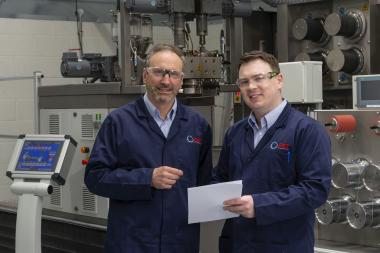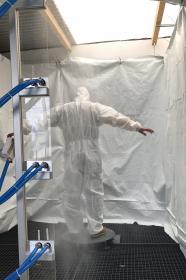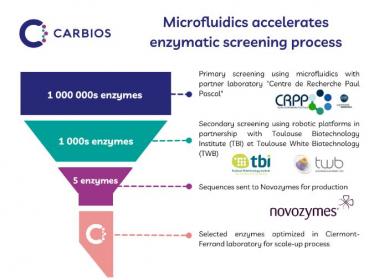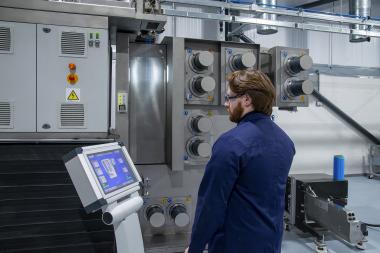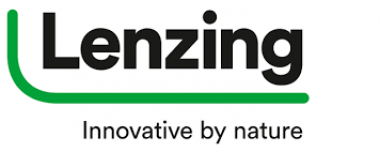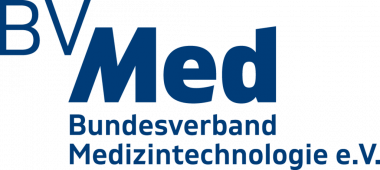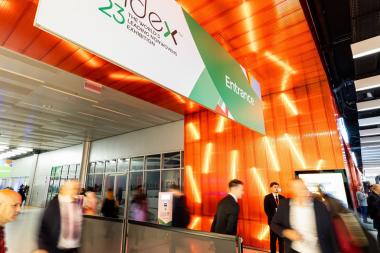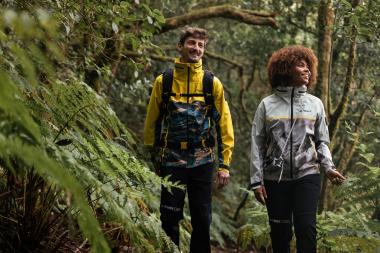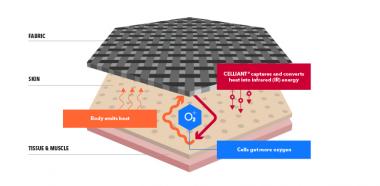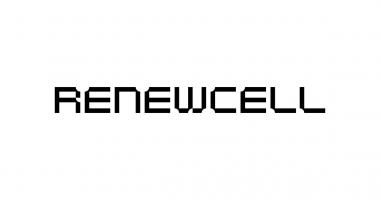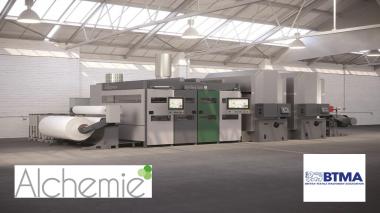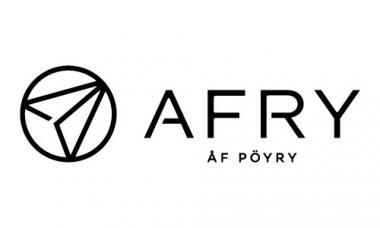FET strengthens its technical team
Fibre Extrusion Technology Ltd (FET) of Leeds, UK has strengthened its technical team with the appointment of Dr Jonny Hunter as Research & Development Manager. Hunter brings a wealth of academic credentials to the department, including a Master’s in Medicinal and Biological Chemistry and a PhD in Sustainable Chemistry. This academic background is complemented by over 10 years’ R&D experience in industry, including FMCG and, in particular, medical devices, which encompasses wound care, the medical device manufacturing process and regulatory environment.
FET designs, develops and manufactures extrusion equipment for a wide range of high value textile material applications, so the above research and industrial sectors have great relevance to the company’s focus on the international stage. A significant market for FET’s meltspinning equipment is medical devices, so in-house expertise in this area is a vital commodity. FET is also at the forefront of innovation to promote and develop sustainable fibres, so technical knowhow in sustainability is also essential. In this, Jonny Hunter has considerable experience and has in the past lead a number of innovation projects in sustainable chemistry and management.
This fresh input of knowledge and experience will benefit FET’s customers in their own drive for sustainable innovation in fibre technology. Mark Smith, the previous R&D Manager, is taking a short sabbatical and will be returning in a more strategic role as FET’s Director of Technology, so his continued presence will further contribute to FET’s breadth of technical expertise.
FET has also expanded in a number of other departments to reflect the rapid growth in sales over recent years. Mike Urey is the new Sales Engineer, bringing a wide industrial experience and strengthening all aspects of business development. Three new mechanical and electronic engineers and a new appointment in the design department all combine to take the company forward and sustain growth.
Fibre Extrusion Technology Ltd (FET)


